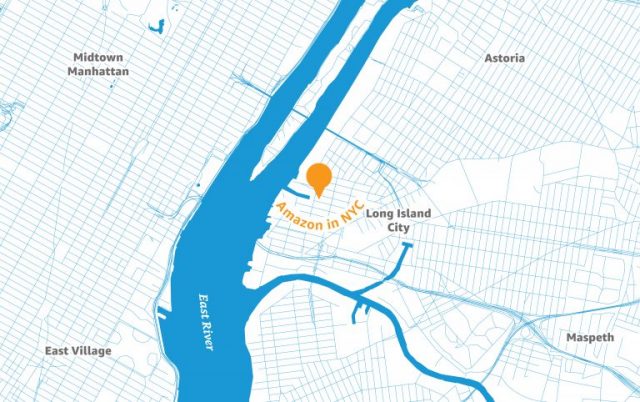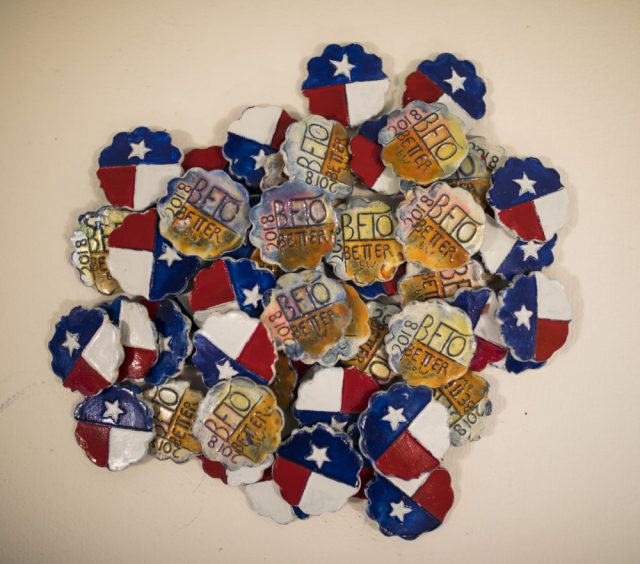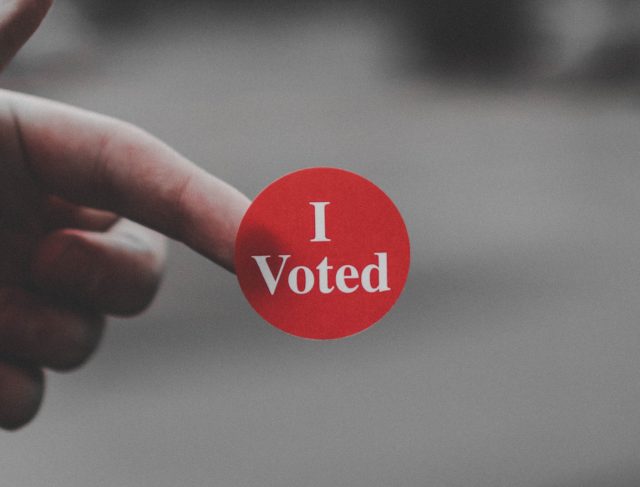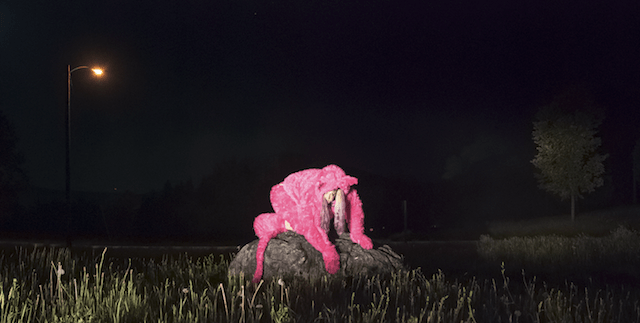

“Nasty Woman.” Every feminist in Brokelandia remembers where she was when Donald Trump spat those words at Hillary Clinton during debate season. For some of us, this phrase became a rallying cry. Through the pain of the election results and the joy of the Women’s March, many of us drew strength from these words – as “Nasty Women”, we had the chance to feel like warriors, equipped to fight an administration that wanted to tear us down.
But as we approach the 100th day of 45’s presidency and he shows no signs of slowing his despicable roll, it’s clear that we have more work to do. In NYC, we’ve got plenty of opportunities to resist; there are Manhattan bars donating all profits to anti-Trump organizations, this past weekend’s March for Science, and there are plenty of artists who are mad as hell and aren’t gonna take it anymore. One such artist is Allison Brzezinski, an arts administrator and choreographer who’s teaming up with 50+ musicians, visual artists, comedians, filmmakers, dancers, and actors to launch Nasty Women Unite Fest, a week-long arts festival with a focus on intersectional feminism. The festival’s running from Tuesday, April 25 through Sunday, April 30, with performances in Manhattan, Queens, and (of course) Brooklyn. We recently caught up with Allison to chat about the curatorial process, the need for feminist art in today’s world, and what it means to be a “Nasty Woman”.
What does “Nasty Woman” mean to you? Why did you choose to give the festival that name?
I’ve considered myself a feminist for quite some time, and I’ve based my artistic career on how women are seen in society. My goal has always been to bring awareness to an audience that, no matter how far we’ve come as women, we aren’t there yet. So I think, in a way, I have always been a Nasty Woman, trying to create a crack in the stereotypical infrastructure of how society views me and others like me. I even started a dance company called ChEckiT!Dance, where I choreographed pieces all about this challenge. Through that company, I launched ChEck Us OuT Dance Festival, which celebrated female choreographers in the interest of creating a community.
To me, being a Nasty Woman means being ready to fight and resist the status quo while also working on ways to inspire and motivate change for the better. Nasty Women need to raise awareness of what still has yet to be done, and they need to feel empowered to speak their minds, stand with confidence and lead others, even when things get controversial and political. Hell, they need to do it especially when things get controversial and political. With this festival, I wanted to create a platform that put women of this nature at the forefront. These artists are warriors and they deserve to be heard, to collaborate and learn from one another, and ultimately to create a new community to start a much-needed conversation.
________
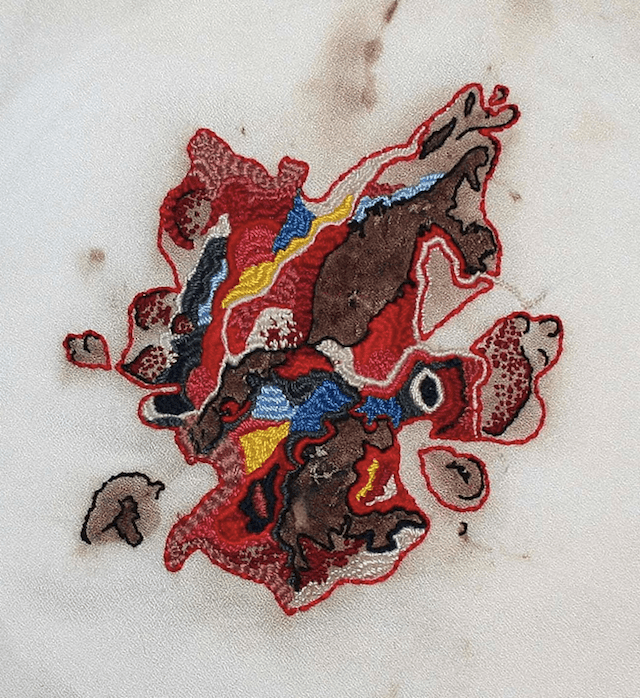
Why is this the right time for an arts festival about intersectional feminism?
The current administration definitely has a lot to do with it. I was deeply inspired by the Women’s March on Washington, but also was aware of the critiques; a lot of people felt that the feminism celebrated by the March was exclusionary. Right now is a vital time for artists; we need to feel free to share our stories. The way I see it, we can’t limit ourselves to sharing our experiences with a single community. We can be so much more effective and impactful if we can come together, because ultimately, we’re all fighting for the same reasons. This country has been set into a very divisive pattern, and it’s more important than ever to keep communicating and keep challenging ourselves. Nasty Women are the movers and shakers that are going to make things happen, so we need ALL Nasty Women to come together to really make a difference.
What were the submission numbers like? How did you decide which acts to include in the festival?
I was absolutely humbled by the number and the variety of submissions received. All so genuine and full of heart. It was of course very challenging to decide which would be the best fit for the festival. Everyone who submitted was incredibly talented, so there was no question there. The producers and I really looked for pieces that would make the audience think, lift them up and create a dialogue about the importance of intersectional feminism. It was a very challenging decision, but we feel great about the line-up we chose.
NWUF covers multiple artistic disciplines (visual art, music, dance, film, comedy, and theater), which is pretty ambitious. Why did you consider it important to include multiple types of artistic expression?
I am a choreographer, performance artist and producer, and I’ve had lots of opportunities to work with artists from various mediums in many capacities. I had a great time with ChEck Us OuT Dance Festival; however, now that the world’s shifting in such a dramatic way, I felt I needed to go beyond celebrating “female choreographers”. I became determined to bring together many different kinds of artists, as that is what it’ll take to make things happen. I am also a huge supporter of community engagement, and fostering a space for artists of all mediums is a huge part of that. This is how we are going to bring about some type of evolution and make people listen, see, discuss, question, and challenge everything that is going on in today’s world.
________
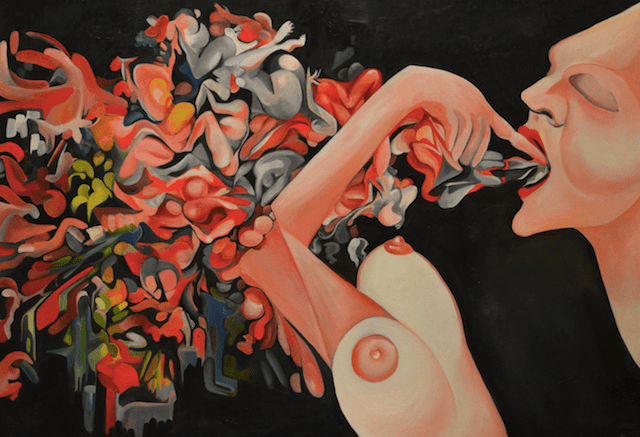
What’s the hardest part of putting a festival like this together?
Oh boy, this is a very tough question. I think the hardest part is wanting to do it all and feature as many artists as possible. I wish we could have 50 more artists involved, because I want everyone’s voices to be heard, and there are other types of art that we would have loved to integrate into the festival. But that just means we will have to include them next time; this is just the first year of NWUF, and we plan to run the festival for many years to come.
What advice would you offer to artists who want to make a difference? What’s the best way to start?
Start creating. Don’t worry about what it is or where it is going to be seen or shown – just start. Tell your story. Once you do that, you can create your own opportunities. Also, don’t do it alone. Working with collaborators makes all the difference. A support system will enrich your work, and it’ll make it easier to find the right outlet for sharing it. Most of all, I encourage artists to talk to people. Talk to everyone you can, learn all about what they are doing, and don’t be afraid to start conversations. This festival would not have come together if we hadn’t reached out to others who were passionate about our mission. Once you become comfortable articulating what’s important to you, you’ll find a support system. That’s what the artistic community is all about.
Nasty Women Unite Fest runs from April 25 through April 30. The festival’s Brooklyn performance focuses on dance and spoken word, and it’s taking place on Wednesday, April 26 at The Paper Box. For show schedules and ticketing, visit the NWUF homepage.
Leave a Reply

